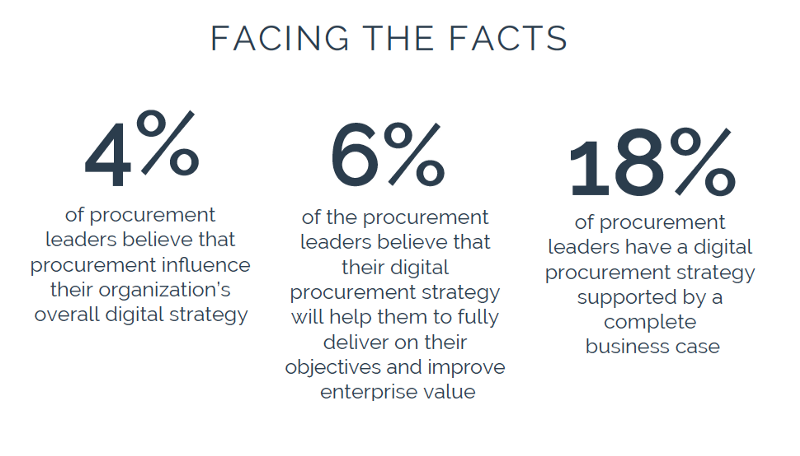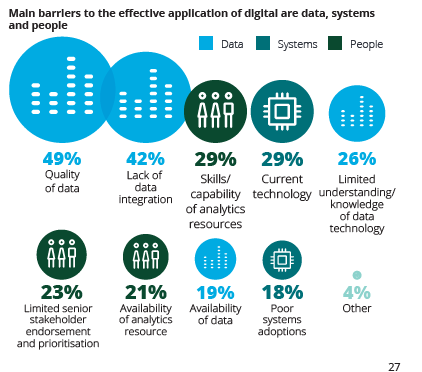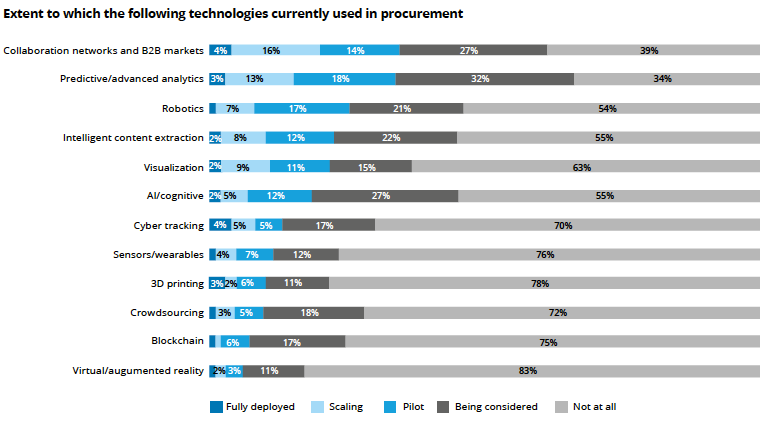Our world is fast-paced, digitalized and our reach is — consequently — greater than ever before.
Publishing an article on a blog makes your content accessible to over 4 Billion people. More than 50% of the world’s population is plugged into the most powerful social network in the existence of humankind.
With greater reach comes greater volume and with volume comes a responsibility. Anyone can partake in the discussion. Anyone can have an opinion. Anyone can be an expert.
As members and consumers of the Internet’s database, we have a responsibility to publish and read content from trusted sources and ignore the buzz. But, is it even possible?
Because search engines rank articles of information based upon various parameters — one of the most powerful being keywords — there is an incentive to jam-packing a piece of content with buzzwords. Search engines publish which search words are most popular in their databases. This makes for a lot of ambiguous content because publications can choose to jump on trending keyword waves and create click bait. In the present day, there are a whole lot of buzzwords and not a lot of substance.
We’re all willing victims and participants of the buzzword phenomenon of our time.
I’m not going to act like this very post, itself, isn’t skillfully laced with keywords to optimize it’s search rankings. I’m not going to act like this isn’t an opinion-based piece, backed with light research. But, hopefully, my transparency will keep you interested to read past this substantially unsubstantial-introduction.
I’m a procurement fanatic. I’m a marketing lead at a procurement technology vendor. I’m a blogger. I’m a copywriter. And, I’m going to tell it like it is.
Buzzwords are the destruction of Procurement Technology.
The Buzzword Phenomenon: Why Do We Allow it to Happen?
Conversation and communication (verbal and non-verbal) bring us together and connect us one another as human beings. The significance and weight of being a part of that conversation are where I believe buzzwords to originate.
Schutz’s Interpersonal ‘Needs Theory’ called Fundamental Interpersonal Relations Orientation (FIRO) Theory, seeks to explain the reasons why individuals interact the way they do, and what our needs are in situations of interpersonal communication. The three needs that are discussed are as followed:
1. Control: A need to have a satisfactory relationship with respect to power and influence.
2. Inclusion: A need to be a part of something or a sense of belonging.
3. Affection: A need to be appreciated and confirmed within interactions (Schutz).
Though buzzwords are most often broadcasted within a linear model of communication, there is an interpersonal transaction of communication in mind. Writer and Reader.
Referencing back to Schutz’s FIRO theory, we can begin to theorize why the phenomenon of buzzwords has become so widely accepted. Utilizing buzzwords attracts attention as a conversation starter (control), allows one to partake in the conversation (inclusion) and typically receives good readership (affection).
Technology is currently one of the domains where buzzwords are thrown around rather liberally. In the case of procurement, a strong focus on digitalization and the implementation of technology has caused the use of a lot of buzzwords to arise.
Whilst the excitement is good to see, and innovative knowledge sharing can have a positive impact, there are a lot of buzzwords that have created unrealistic expectations and ambiguity within the procurement community.
All the Hype in Procurement
By bringing attention to the buzzwords that are riddling the procurement world right now, aren’t I just acting as a proponent of the problem; casting fuel on the buzzword fire so to speak?
The long and short of it…. Yes.
However, below you will be provided with a definition of the technologies. I will not entertain potential/hypothetical applications. You can find plenty of that in my other blog posts J.
Artificial Intelligence (AI):
Artificial Intelligence is an intelligence displayed by machines, in which, learning and action-based capabilities mimic autonomy rather than process-oriented intelligence.
The simplest way to understand the potential application of AI is to clearly define its potential value-added.
Introduced by Gartner Analyst, Noha Tohamy, at Gartner’s Supply Chain Executive Conference, AI was broken down into two categories:
- Augmentation: AI, which assists humans with their day-to-day tasks, personally or commercially without having complete control of the output. Such Artificial Intelligence is used in Virtual Assistant, Data analysis, software solutions; where they are mainly used to reduce errors due to human bias.
- Automation: AI, which works completely autonomously in any field without the need for any human intervention. For example, robots performing key process steps in manufacturing plants” (arkieva.com 2017).
Machine Learning (ML):
Do you start a Google search, and the search query suggests the right content? Does Netflix suggest series you might like that you then watch, and enjoy?
You’ve been exposed to the power of Machine Learning.
“Machine learning refers to the changes in systems that perform tasks associated with artificial intelligence. These tasks involve recognition, diagnosis, planning, robot control, prediction, etc. Machine Learning is coming into its own, with a growing recognition that machine learning plays a key role in a wide range of critical applications, such as data mining, natural language processing, image recognition, and expert systems” (Tiwari 2017).
Robotic Process Automation (RPA):
“RPA is an application of technology aimed at automating business processes. Using RPA tools, a company can configure software, or a “robot,” to capture and interpret applications for processing a transaction, manipulating data, triggering responses and communicating with other digital systems, according to the Institute for Robotic Process Automation and Artificial Intelligence” (Boulton 2017).
It differs from ML and/or AI in the sense that “RPA can include ML or AI, but it is governed by set business logic and structured inputs, and its rules don’t deviate, whereas ML and AI technologies can be trained to make judgments about unstructured inputs” (Boulton 2017).
RPA has been estimated to reach a $1B market value by 2020 (Gartner).
Blockchain:
Blockchain technology is typically described as a public ledger or a decentralized database.
The ledger serves as a public, or private (depending on how one wants to utilize the blockchain), agreement platform where databases of factual, real-time data can be created and stored without requiring the validation of a centralized source, but rather only the approval of the other nodes (members) of the ledger. This ledger’s existence is infinite, and the transactions between nodes (persons or entities) within the chain are visible to all, yet can still be kept confidential considering blockchain identities function through unique alphanumeric address/lines of code. “The digital nature of the ledger means that blockchain transactions can be tied to computational logic and in essence programmed. So users can set up algorithms and rules that automatically trigger transactions between nodes” (hbr.org 2016). This functionality has created the basis for business utilization of blockchain technology.
Reality vs. Expectations
‘What do you want to be when you grow up?’
‘A professional athlete’, was typically my answer to that question, as a child. But, as one grows older, expectations and dreams begin to look a lot more realistic.
Sometimes it’s nice to have an end goal or a dream. Technology allows us, as procurement enthusiasts, to paint an attractive picture of what the future of the industry will look like.
Unfortunately, there is a clear discourse between the current adoption and the current hype surrounding procurement technologies.
What is the Actual State of Procurement Technology?
It’s time to put the buzz aside and look at where procurement technology stands in the present day. You may wonder, ‘what’s the best way to ensure we’re not getting caught up in the hype?’
Cold Hard Stats.

Seen above, taken from the 2018 Deloitte CPO Survey, it’s apparent that digital procurement strategies haven’t been implemented into organizations in the same way that trending buzzwords or buzz topics would lead one to believe.
Below is a break down of technologies from the same survey that are expected to have the greatest impact on procurement in the next two years. Interestingly enough, it seems as if the hype is beginning to die down, surrounding several technologies after reality has begun to hit. Cognitive procurement (AI and ML) was one of the technology areas that lost significant belief from 2017 to 2018. On the other hand, RPA has gathered support. And in 2018, CPOs don’t even see Blockchain on the radar, despite its presence in headlines…

Finally, we can land in the facts of today. What technologies are currently impacting procurement?
Seen in the statistics below, one can clearly determine that analytics and collaboration networks are the biggest focus for technological implementation in procurement organizations.

This raises the question… If the majority of procurement professionals aren’t even considering buzzword technologies, then why are they being hyped? And, why are procurement professionals willingly participating in a conversation leading to inflated expectations?
The Ambivalence of Procurement Technology
The more that we continue to perpetuate the use, and acceptance, of buzzword technologies, the more we disillusion ourselves.
Hypothesized applications might be getting you excited, and we’re allowed to be excited, but it’s also watering down the potential impact of procurement technologies. What’s going to happen when Blockchain technology doesn’t live up to the hyped applications for supply chain management?
Many of these technologies are in their first generations and therefore aren’t ready for implementation in supply chain and/or procurement activities.
Our overuse of buzzwords has caused unrealistic expectations, and — worst of all — ambivalence. The more we propagandize technology, the less meaning it has for business application of the future.
Buzzwords have created a subversion of procurement, and specifically procurement technology.
Our ambivalence has caused confusion, and there’s no taking back the hype. But, just because we coexist with the buzz, doesn’t mean we can’t question its existence.
Until next week.












